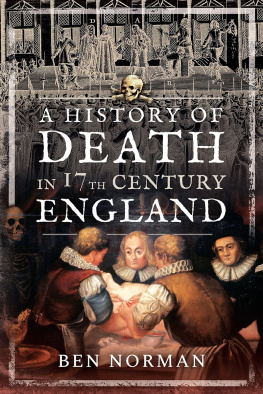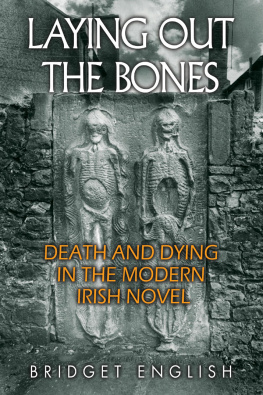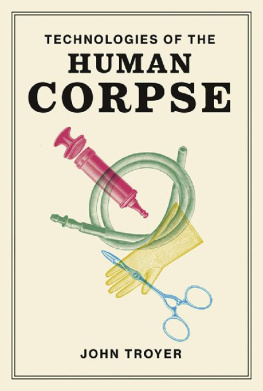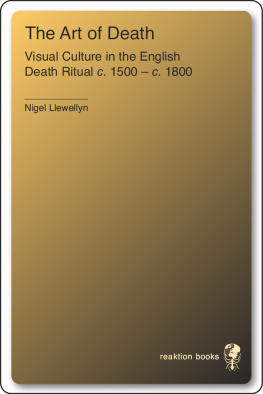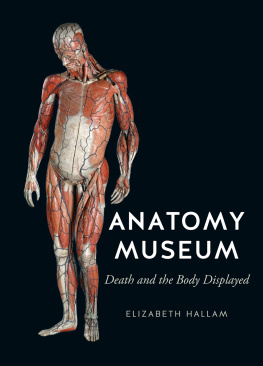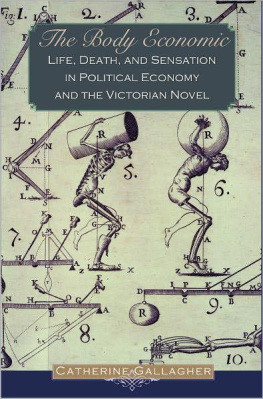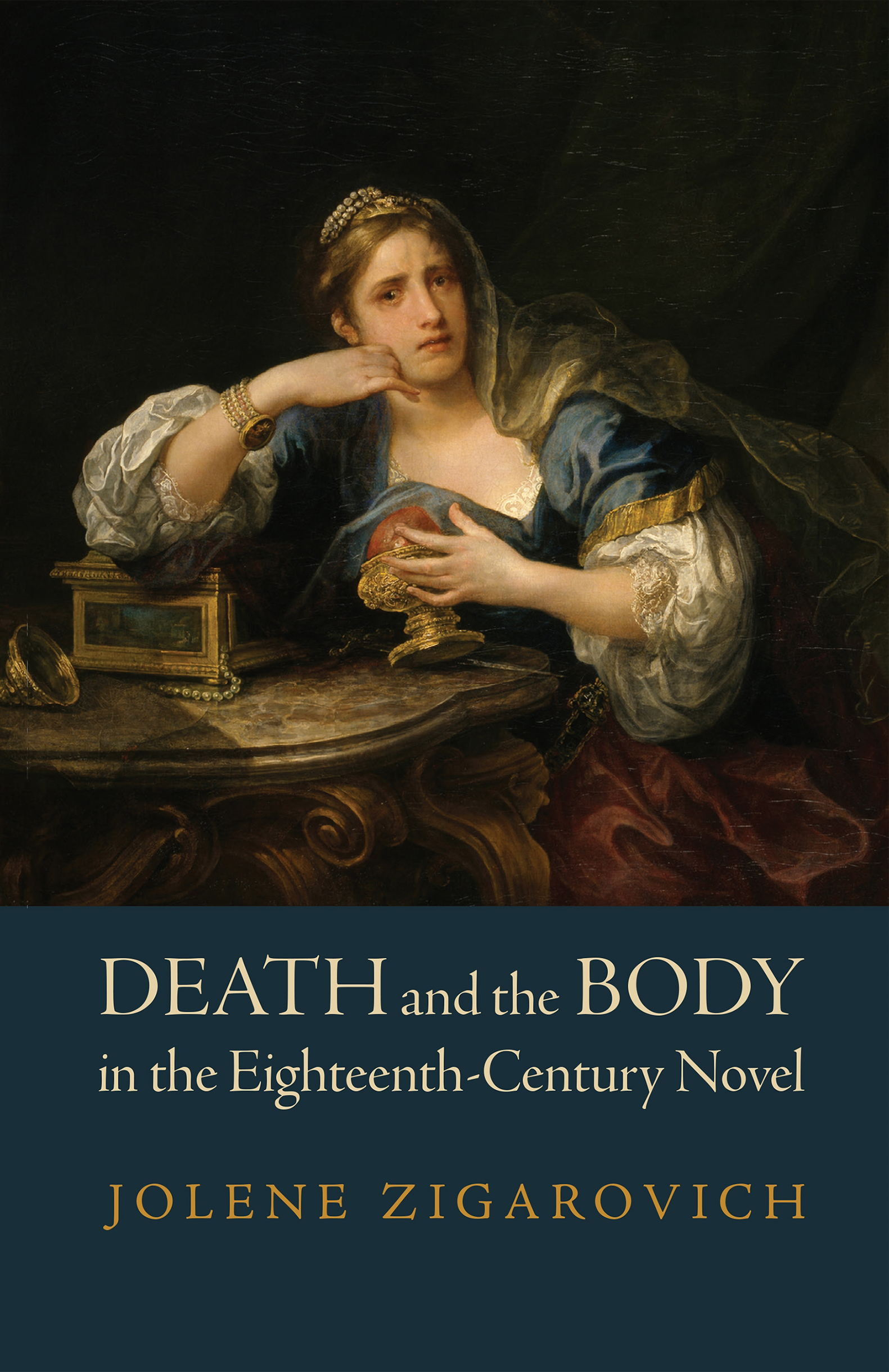Jolene Zigarovich - Death and the Body in the Eighteenth-Century Novel
Here you can read online Jolene Zigarovich - Death and the Body in the Eighteenth-Century Novel full text of the book (entire story) in english for free. Download pdf and epub, get meaning, cover and reviews about this ebook. City: Philadelphia, year: 2023, publisher: University of Pennsylvania Press, genre: Art. Description of the work, (preface) as well as reviews are available. Best literature library LitArk.com created for fans of good reading and offers a wide selection of genres:
Romance novel
Science fiction
Adventure
Detective
Science
History
Home and family
Prose
Art
Politics
Computer
Non-fiction
Religion
Business
Children
Humor
Choose a favorite category and find really read worthwhile books. Enjoy immersion in the world of imagination, feel the emotions of the characters or learn something new for yourself, make an fascinating discovery.

- Book:Death and the Body in the Eighteenth-Century Novel
- Author:
- Publisher:University of Pennsylvania Press
- Genre:
- Year:2023
- City:Philadelphia
- Rating:5 / 5
- Favourites:Add to favourites
- Your mark:
Death and the Body in the Eighteenth-Century Novel: summary, description and annotation
We offer to read an annotation, description, summary or preface (depends on what the author of the book "Death and the Body in the Eighteenth-Century Novel" wrote himself). If you haven't found the necessary information about the book — write in the comments, we will try to find it.
Death and the Body in the Eighteenth-Century Novel demonstrates that archives continually speak to the periods rising funeral and mourning culture, as well as the increasing commodification of death and mourning typically associated with nineteenth-century practices. Drawing on a variety of historical discoursessuch as wills, undertaking histories, medical treatises and textbooks, anatomical studies, philosophical treatises, and religious tracts and sermonsthe book contributes to a fuller understanding of the history of death in the Enlightenment and its narrative transformation.
Death and the Body in the Eighteenth-Century Novel not only offers new insights about the effect of a growing secularization and commodification of death on the culture and its productions, but also fills critical gaps in the history of death, using narrative as a distinct literary marker. As anatomists dissected, undertakers preserved, jewelers encased, and artists figured the corpse, so too the novelist portrayed bodily artifacts. Why are these morbid forms of materiality entombed in the novel? Jolene Zigarovich addresses this complex question by claiming that the body itselfits parts, or its preserved representationfunctioned as secular memento, suggesting that preserved remains became symbols of individuality and subjectivity. To support the conception that in this period notions of self and knowing center upon theories of the tactile and material, the chapters are organized around sensory conceptions and bodily materials such as touch, preserved flesh, bowel, heart, wax, hair, and bone. Including numerous visual examples, the book also argues that the relic represents the slippage between corpse and treasure, sentimentality and materialism, and corporeal fetish and aesthetic accessory.
Zigarovichs analysis compels us to reassess the eighteenth-century response to and representation of the dead and dead-like body, and its material purpose and use in fiction. In a broader framework, Death and the Body in the Eighteenth-Century Novel also narrates a history of the novel that speaks to the cultural formation of modern individualism.
Jolene Zigarovich: author's other books
Who wrote Death and the Body in the Eighteenth-Century Novel? Find out the surname, the name of the author of the book and a list of all author's works by series.


